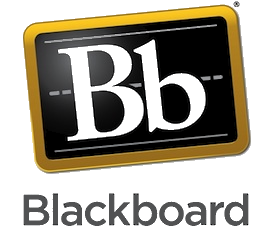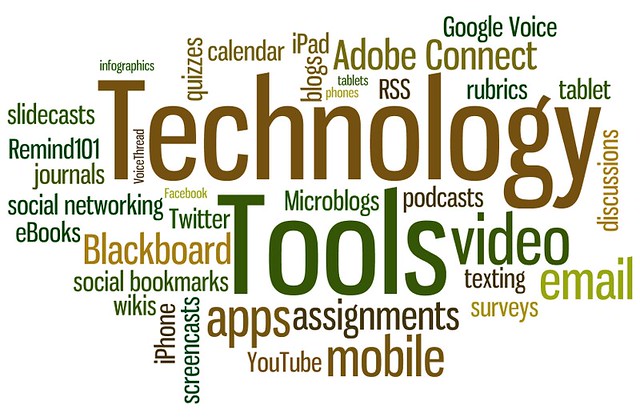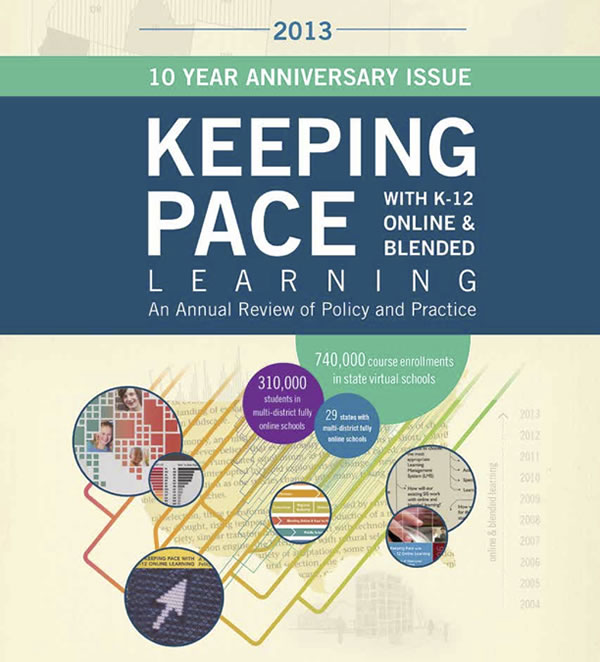 The Blackboard User Experience Team is looking for feedback from faculty who teach using Blackboard on which features are used most for teaching purposes and how they might be simplified to most greatly impact teaching. If you teach using Blackboard, take 2 minutes and complete the survey here.
The Blackboard User Experience Team is looking for feedback from faculty who teach using Blackboard on which features are used most for teaching purposes and how they might be simplified to most greatly impact teaching. If you teach using Blackboard, take 2 minutes and complete the survey here.
Archives for January 2014
Simplified Experience in Blackboard
7 Steps for Choosing the Best Technology Tools for Your Teaching

In the decade now that I have spent supporting educators in the endeavors to teach using technology, I have lost count of the number of times I’ve been asked by faculty for advice on how to choose the best technology tools for their teaching. With the seemingly endless selection of technology tools available, how do educators choose the right technology tools to incorporate into their teaching? If you are in the situation of considering a new technology tool in your teaching, here are 7 steps to take as you choose which tool may be best for you:
Step 1: Start with your objectives
It’s important to always start any conversation about technology selection with objectives. What is it that you and/or your students should be able to do? There are some great models available, such as Digital Bloom’s Taxonomy and SAMR, that can offer guidance as your craft and/or revise objectives that will form the basis for any decisions regarding technology decisions. Are you seeking to substitute, augment, modify, or redefine an existing teaching or learning activity? Make sure that it is clear from reviewing your objectives what your intended goals are.
Step 2: Survey your “tech landscape”
Once you have your goals and objectives clearly in mind, the next step is to take an inventory of your current technology use as well as look at your environment for incorporating the new technology. What tools are you and/or your students already using? What are you comfortable with? What is working? Keep in mind the adaage, “If it’s not broke, don’t fix it” and don’t discard an existing technology if it is the meeting your needs. What tools are already at your fingertips and/or perhaps provided/supported by your institution? What tools are frowned upon and/or blocked at your institution?
Step 3: Set your budget
How much are you and/or your students willing to spend on a tool? Do you need to stick with a free solution? Or, are you able to spend some money? Many tools take a “freemium” approach, meaning that they are available for use on a limited basis for free with additional features available for a fee.
Step 4: Sample available tools
Pick a few (5 or less) available options and try the tools yourself to see which you and/or your students like best, are easiest to use, and meet your needs. What are the pros & cons of each? What support is available? How does each integrate into the existing workflow and/or lesson?
Step 5: Select your tool
Eventually, you finally need to take the plunge and pick a tool to use. Don’t worry..you aren’t stuck using the tool forever 🙂 If you eventually change your mind down the road, you can always change the tool.
Step 6: Set parameters for use
Clarify for yourself and/or your students how the tool will and won’t be used. It’s at this point you may want to revisit your objectives to ensure that your plan for use meets your stated learning objectives. Are you using the right tool for the right problem?
Step 7: Scrutinize your choice
After you’ve thoroughly used the tool for a specified period of time (term, semester, etc.) reflect on your use of the tool? Did it meet your needs? What unexpected issues did you and/or your students encounter? Is it working well enough that you want to stick with it, or is it time to try something else? You’re not locked-in to continuing to use the tool if it isn’t meeting your needs.
There you have it…a seven-step approach to selecting a technology tool for your teaching. Leave a comment if you found these steps helpful or if you perhaps have additional suggestions to share with educators as they choose technology tools.
2013 Survey of Online Learning Report

“Grade Change: Tracking Online Education in the United States, 2013”
 This is the 11th annual report on the state of online learning in U.S. higher education from the Babson Survey Research Group, Pearson and the Sloan Consortium:
This is the 11th annual report on the state of online learning in U.S. higher education from the Babson Survey Research Group, Pearson and the Sloan Consortium:
- Is Online Learning Strategic?
- Are Learning Outcomes in Online Comparable to Face-to-Face Learning?
- How Many Students are Learning Online?
- How are Massive Open Online Courses (MOOCs) faring?
- And much more…
This survey also reveals that in 2013:
- 7.1 million higher education students are taking at least one online course.
- The 6.1 % growth rate represents over 400,000 additional students taking at least one online course.
- The percent of academic leaders rating the learning outcomes in online education as the same or superior to those as in face-to-face instruction, grew from 57% in 2003 to 74% in 2013.
- The number of students taking at least one online course continued to grow at a rate far in excess of overall enrollments, but the rate was the lowest in a decade.
This video gives some quick stats and insight into findings from the study.
Keeping Pace with K-12 Online Learning: An Annual Review of Policy and Practice (2013)

Keeping Pace with K-12 Online Learning: An Annual Review of Policy and Practice (2013) is the 10th in a series of annual reports that began in 2004 that examine the status of K-12 online education across the country. The report provides an overview of the latest policies, practices, and trends affecting online learning programs across all 50 states.
Keeping Pace is researched and published as a service to the educational and governmental communities. Distribution of the report and graphics for presentations are free.
Download the full 2013 report
Download the Planning for Quality Booklet

